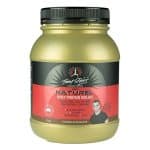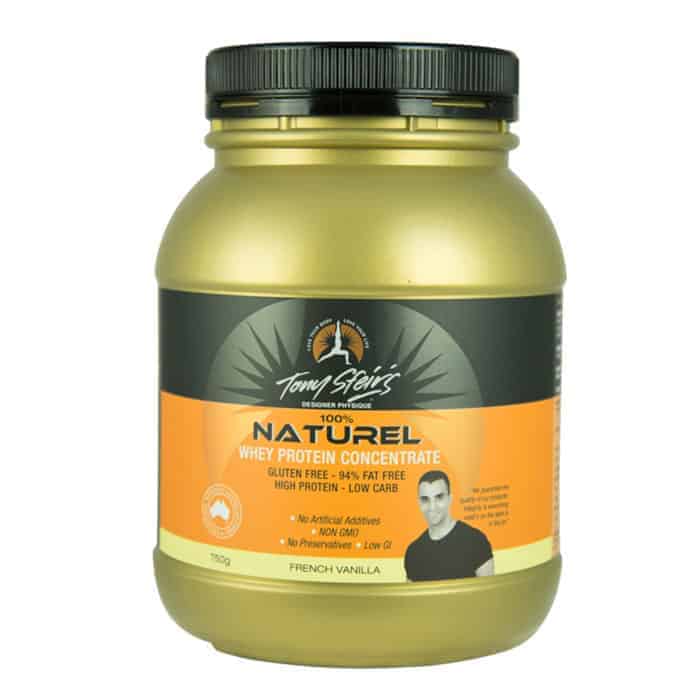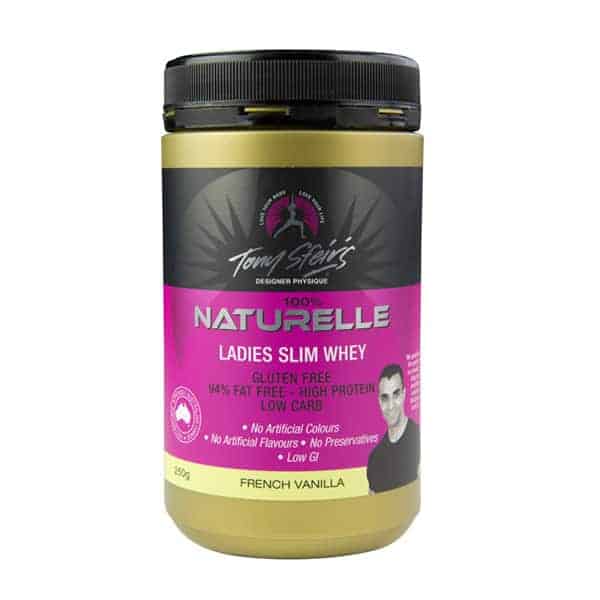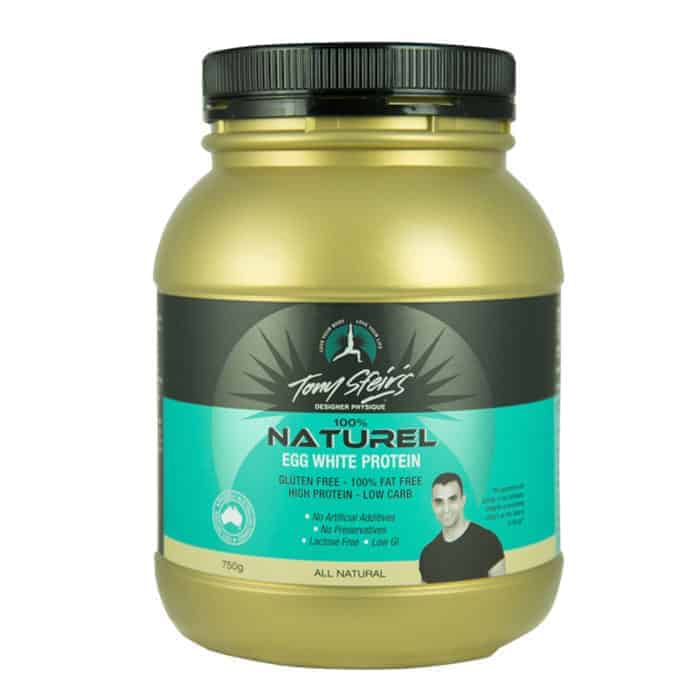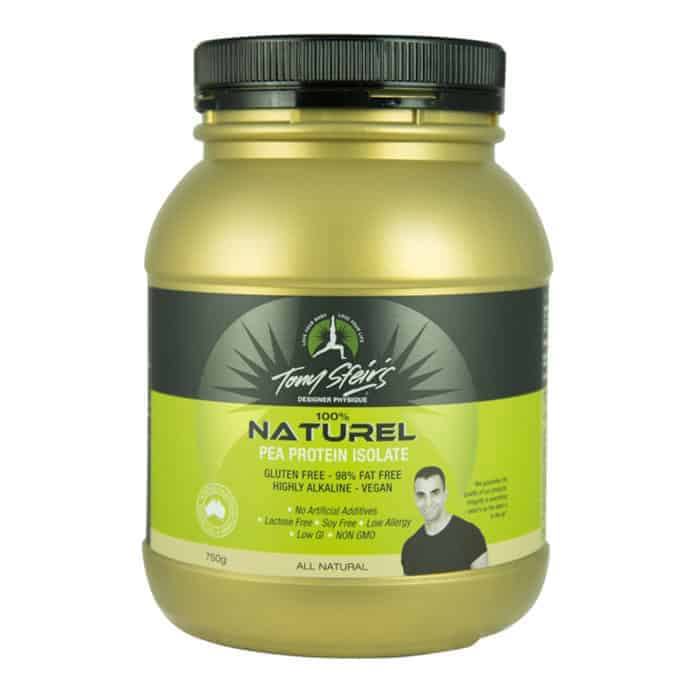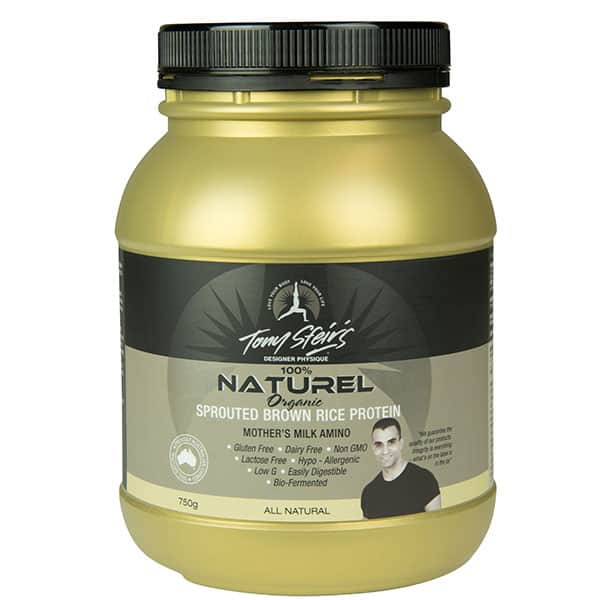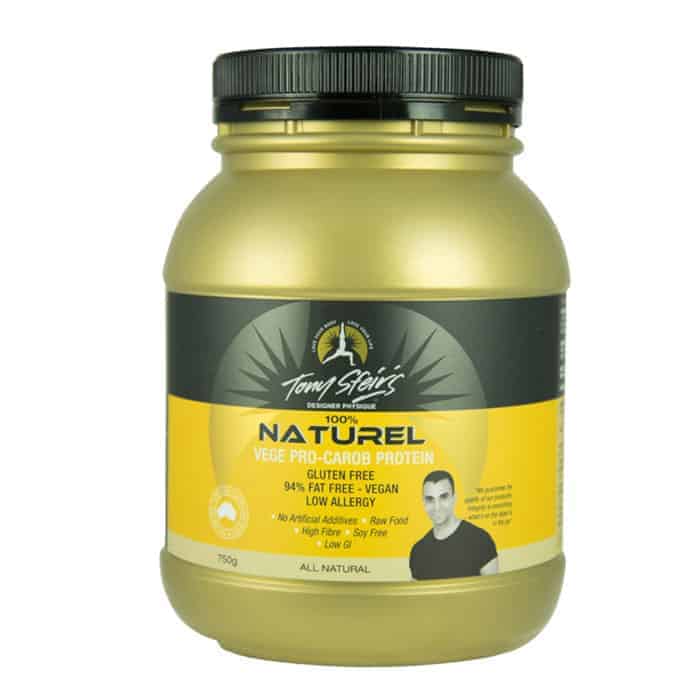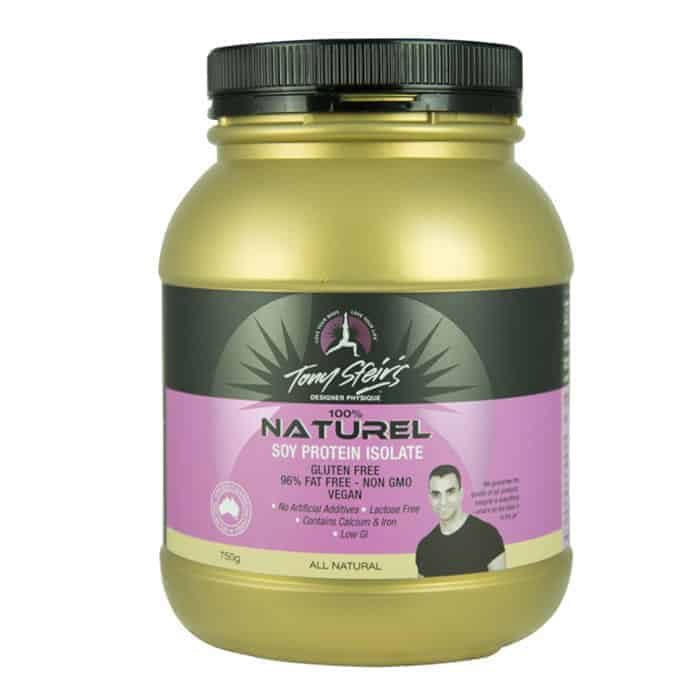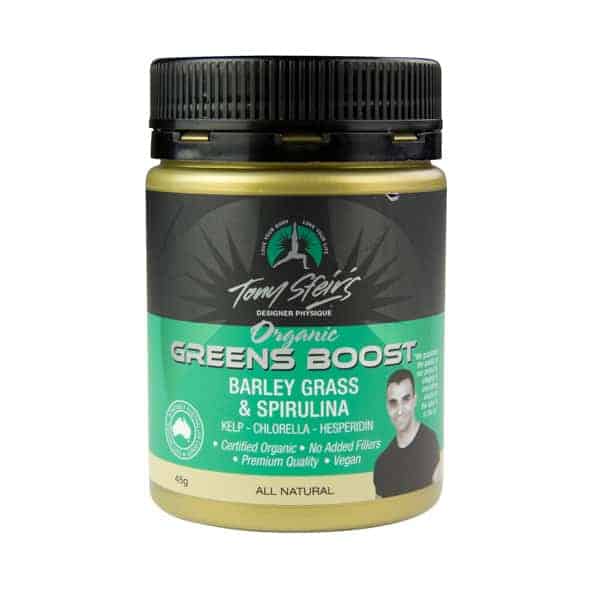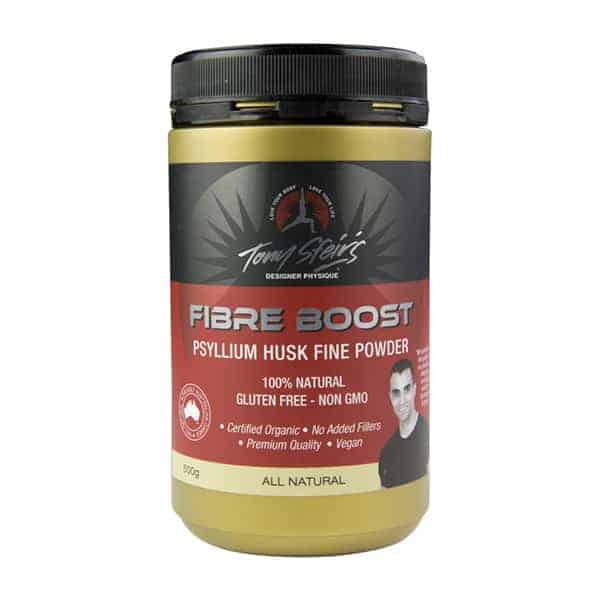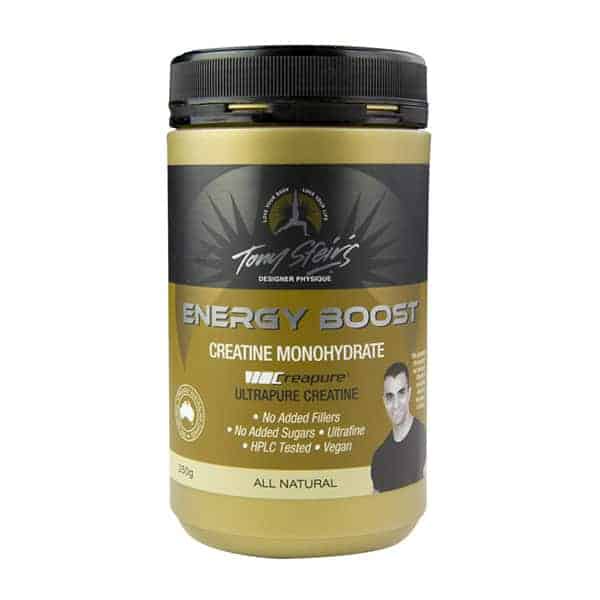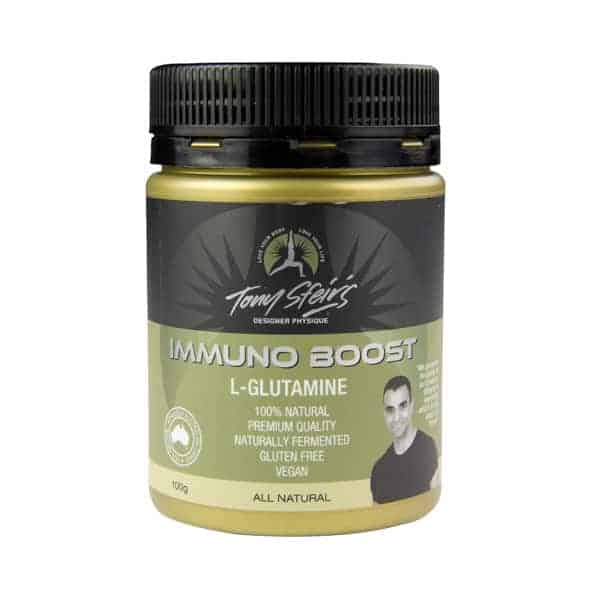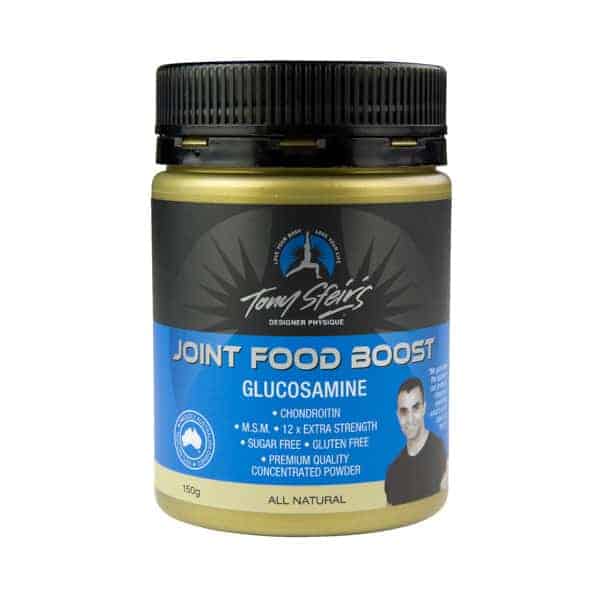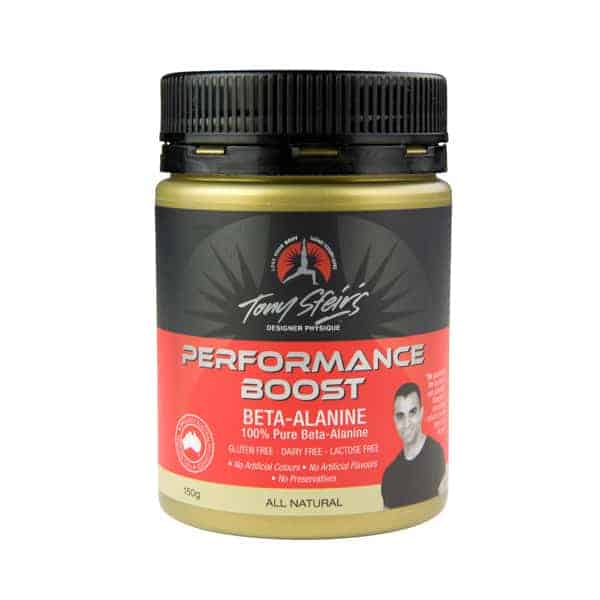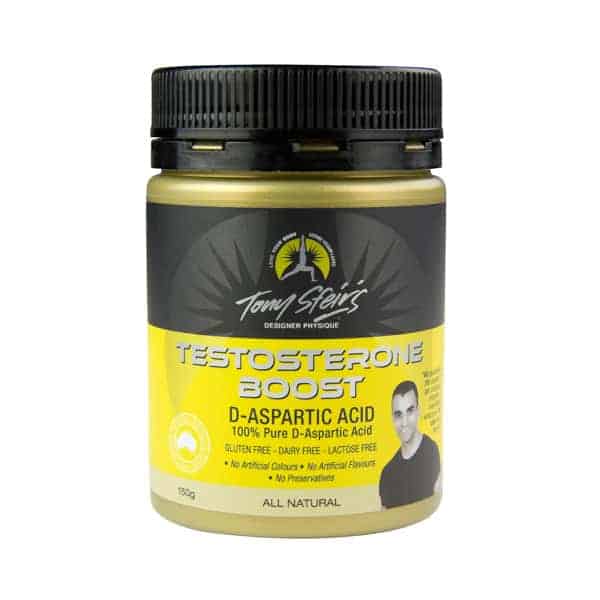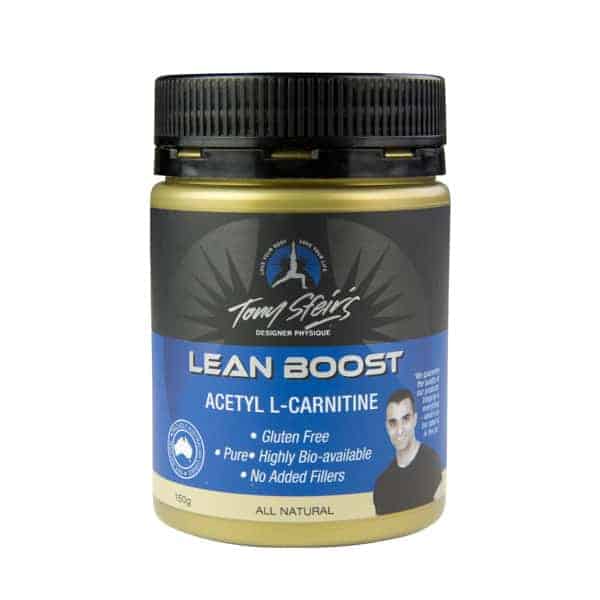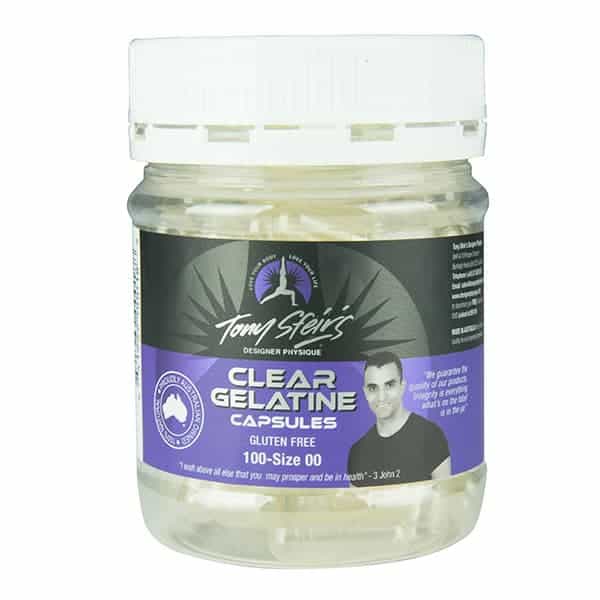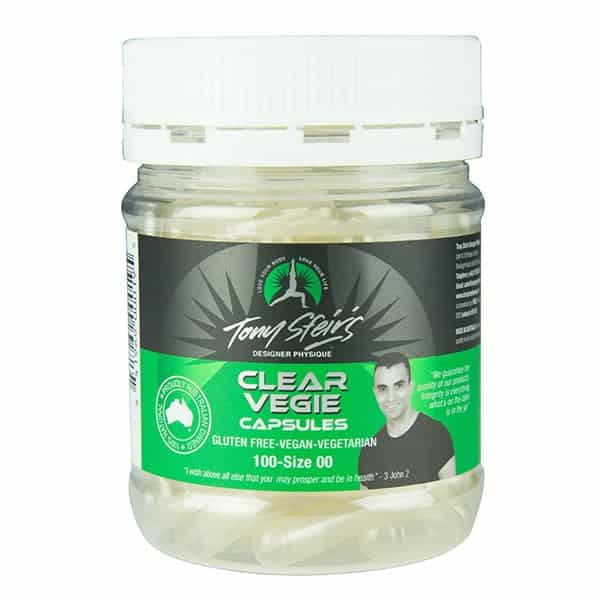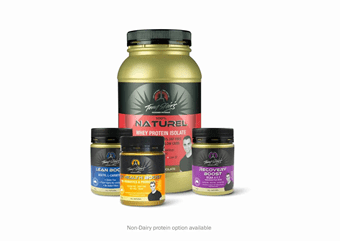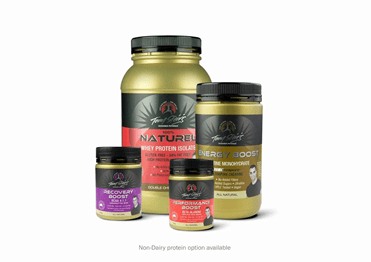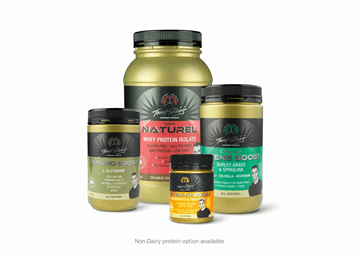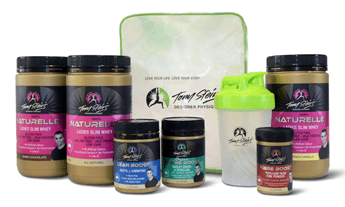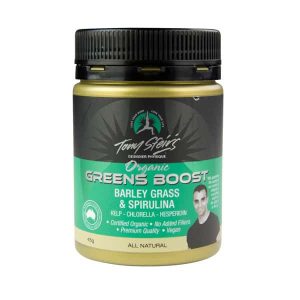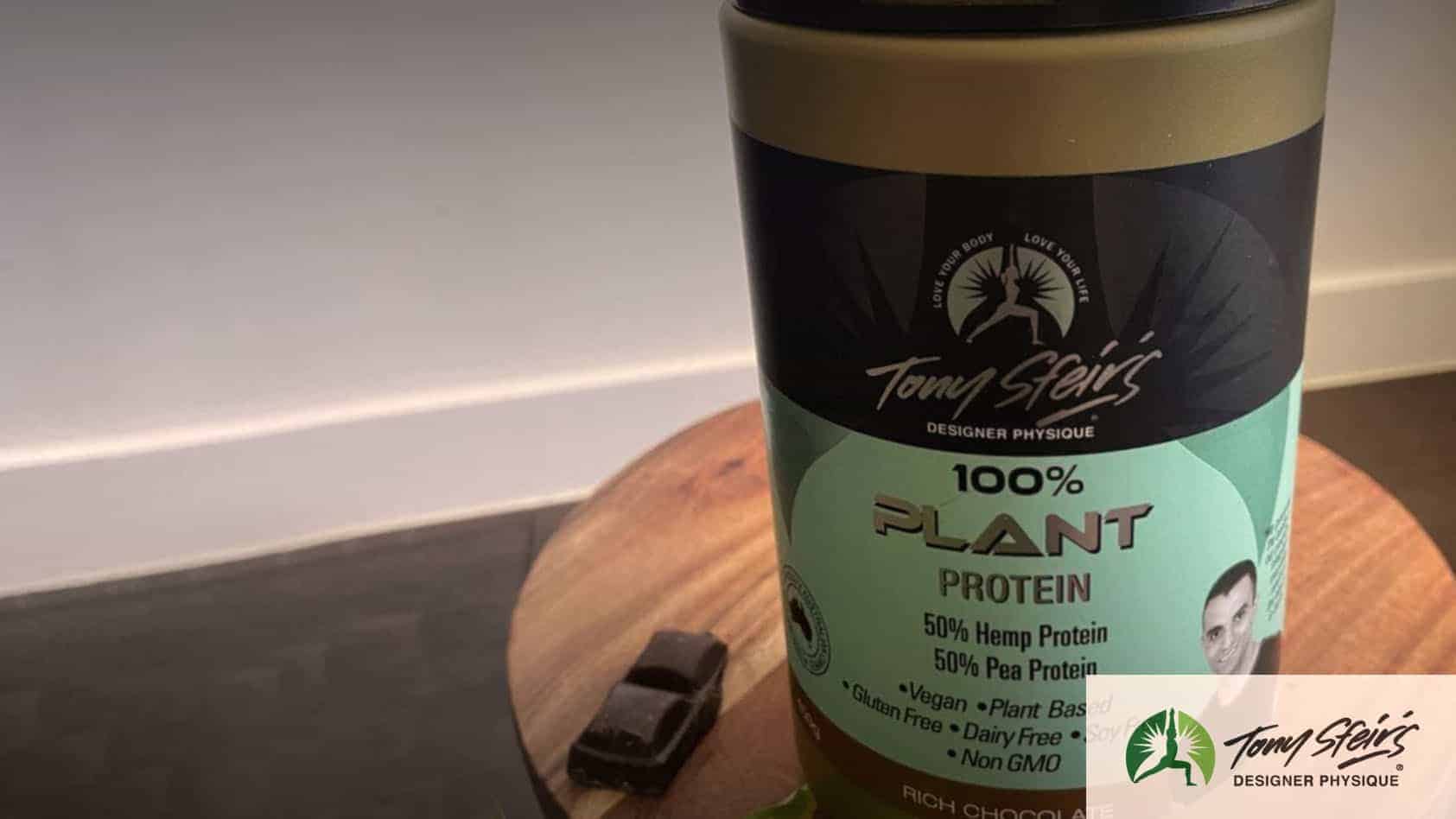The creation of various protein powder blends seems all the rage on the market these days, especially plant protein powder.
Blends that combine things such as hemp protein, pea protein, rice protein, some even delve into the use of watermelon seed or pumpkin seed protein powders.
The question is though, are these blends actually better than just buying a pure plant protein powder?
In this article, we’ll look to highlight the benefits of buying a protein powder blend, and how it differs from buying standalone pure protein, such as pea protein.
But first…
What is a Plant Protein Powder Blend?
A plant protein blend is a protein powder that combines different various plant proteins that often looks to achieve a unique taste, texture and maximise nutritional density and provide a complete amino acid ratio.
A great example is our 100% Natural Vegan Plant Protein Powder, which contains 50% Hemp protein and 50% Pea protein.
These two plant protein sources are absolute powerhouses that are packed full of nutrients, high in fibre, good mineral composition, and of course, extremely high in protein.
Read more about hemp protein or pea protein.
What is a Pure Protein Powder?
A pure protein powder is a single plant protein from one pant protein source, which are often selected based on a unique property that it delivers.
A great example is our one-of-a-kind carob seed protein powder, which consists of only 100% raw ground carob pods. Carob has a low allergenic profile, is an excellent source of micronutrients, and is also high in fibre.
Read more about our carob protein powder and its amazing benefits here.
Plant Protein Powder Blend Benefits
In most plant protein powder blends on the market, the goal tends to be aimed at providing a powder that is complete in the correct ratio of amino acids, whilst also not compromising on flavour or texture.
Most single plant protein sources although high in protein can often be lacking the correct amount of amino acids our body needs (Hertzler et al., 2020), which is often found in an animal-based whey protein powder.
Unfortunately, although some commercial brands select some good single protein sources, such as pea protein, they can often also be riddled with fillers and artificial colours and sweeteners.
Designer physique, on the other hand, delivers a 100% natural vegan plant protein powder that is rich in hemp and pea protein sources.
Combining these two extremely digestible plant protein sources allows for the correct amino acid ratio that our body needs, whilst also being dairy-free, gluten-free, and has zero artificial colours or flavours.
Hemp protein is also rich in fibre, high in micronutrients, and provides a great source of vegan essential fatty acids which isn’t found in many plant protein blends (Leonard et al., 2019).
It’s also best to note that Designer physique use 100% natural flavours and sweeteners, including Thaumatin, which is possibly the lowest-calorie sweetener on the market that’s gentle on the gut.
Learn more about Thaumatin in this recent article here.
Pure Protein Powder Benefits
When it comes to pure protein powder benefits, pure plant sources are often selected or used for a specific purpose.
Although some plant proteins may not always deliver a complete amino acid profile, some come pretty close assuming you’re using one that is high quality, such as Designer physique’s pea protein powder.
A good example of a purpose-driven pure plant protein is Designer physique’s organic sprouted brown rice protein powder.
On top of its complete amino acid profile due to the germination (sprouted) process, Sprouted brown rice protein is also extremely hypoallergenic (Patil & Khan, 2011), perfect for individuals with food intolerances, food sensitivities, and so on.
On top of this, it’s high in minerals and contains high levels of γ-Aminobutyric Acid (GABA), which is our primary calming neurotransmitter in the body that can improve our ability to relax, recover, and rest (Patil & Khan, 2011).
Designer physique sprouted brown rice protein powder is also a game-changer for individuals looking to maximise exercise performance, endurance, and recovery.
The Takeaway
Well, there you have it, the difference between a plant protein powder blend vs a single plant protein source.
The key takeaway here is ensuring you select a high-quality blend or protein powder source, and have a goal in mind when it comes to what you’re using the protein powder for.
What about whey protein powder you ask? This guide still translates, but I recommend you read Plant Protein vs Whey Protein Powder: What’s the difference? First.
Keen to try a good plant protein powder blend? Check out our 100% natural plant protein powder, which combines two nutritional powerhouse plant sources, hemp, and pea protein.
Want to start with a pure protein first? Not sure where to start? Our pea protein powder or sprouted brown rice protein powder are great options here.
Had some experience with a blend of pure protein powder? Want to share the story? Leave us a comment and we may include it in one of our testimonial posts, like this one!
References
- Hertzler, S. R., Lieblein-Boff, J. C., Weiler, M., & Allgeier, C. (2020). Plant proteins: Assessing their nutritional quality and effects on health and physical function. Nutrients, 12(12), 3704. https://doi.org/10.3390/nu12123704
- Leonard, W., Zhang, P., Ying, D., & Fang, Z. (2019). Hempseed in food industry: Nutritional value, health benefits, and industrial applications. Comprehensive Reviews in Food Science and Food Safety, 19(1), 282-308. https://doi.org/10.1111/1541-4337.12517
- Patil, S. B., & Khan, M. K. (2011). Germinated brown rice as a value added rice product: A review. Journal of Food Science and Technology, 48(6), 661-667. https://doi.org/10.1007/s13197-011-0232-4

